Choosing the right stretch film isn’t just about keeping boxes together—it’s about safeguarding your products, minimizing costs, and ensuring shipments arrive intact. Two of the most common options are cast stretch film and blown stretch film. While they serve the same purpose, the way they’re made and how they perform are very different.
In this guide, we’ll break down the difference between cast and blown stretch film, explore the strengths of each, and help you decide which option is the best fit for your operation.
TL;DR (Key Takeaways):
- Clarity vs Strength → Cast film = high visibility & smooth unwind; Blown film = rugged durability & puncture resistance.
- Cost vs Performance → Cast is more affordable for standard loads; Blown justifies higher cost with heavy-duty protection.
- Application Fit → Cast works best for retail, machine wrapping, and quiet warehouses; Blown excels in cold storage, irregular, or outdoor shipments.
- Load Security → Blown film’s strong “memory effect” locks loads tighter during transit; Cast offers consistent stretch for lighter goods.
What Is Cast Stretch Film and How Is It Made?
Cast stretch film is manufactured using a process called cast extrusion. Here’s how it works:
- Resin pellets are fed into a heated barrel.
- The molten resin is pushed through a flat, narrow die.
- The thin sheet of film is cooled rapidly by chilled rollers (a process called “quenching”).
This cooling method gives cast film its high clarity, glossy appearance, and consistent thickness. For shippers and warehouses, that translates into easy bar code scanning, quick visual checks of products, and a smoother application.
Key Advantages of Cast Film:
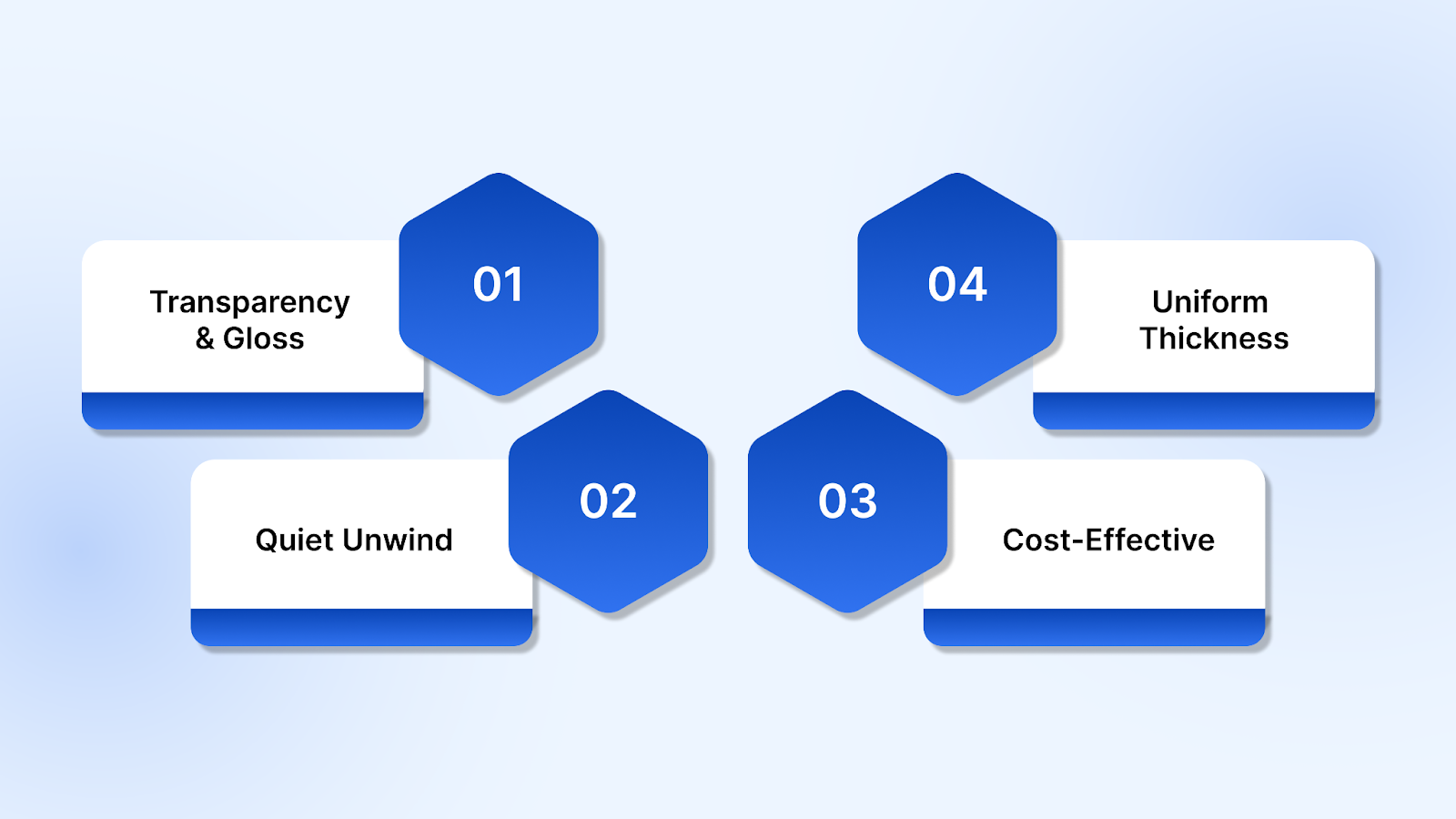
- Transparency & Gloss: Clear enough to display product details or labels, making it great for retail shipments.
- Quiet Unwind: Cast film unwinds with little noise, a benefit in warehouses where dozens of pallets are wrapped daily.
- Cost-Effective: Faster production makes it generally less expensive than blown film.
- Uniform Thickness: Ensures even performance across the roll.
If clarity and ease of use are important, cast stretch film is often the best choice—particularly for machine applications where consistent performance matters. For more guidance, see John Maye’s blog on How to Improve Packaging Efficiency and Productivity.
At John Maye, we supply a wide range of stretch wrap films and pallet wrapping systems to match different load and budget needs. Our team can help you determine whether cast film makes sense for your specific operation.
What Is Blown Stretch Film and How Is It Made?
Blown stretch film is produced through a process called blown extrusion. While the starting point is the same (resin pellets melted into a molten state), the method of forming the film is very different from cast extrusion.
Here’s the step-by-step:
- Molten resin is pushed through a circular die, forming a continuous tube.
- Compressed air is blown inside the tube, creating a bubble that stretches and thins the film.
- The bubble is cooled slowly with ambient air, and then collapsed into flat film and wound onto rolls.
This slower cooling process changes the film’s molecular structure, giving blown stretch wrap its signature strength, puncture resistance, and durability.
Key Characteristics of Blown Film:
- Hazy Appearance: Not as clear as cast film—labels and barcodes can be harder to read.
- Textured Feel: Slightly tacky surface with more noise during unwind.
- Extreme Strength: Excellent for wrapping sharp-edged products, irregular loads, or heavy-duty shipments.
- Superior Cling: Typically clings on one side, which helps prevent pallets from sticking together in transit.
Advantages of Blown Stretch Film
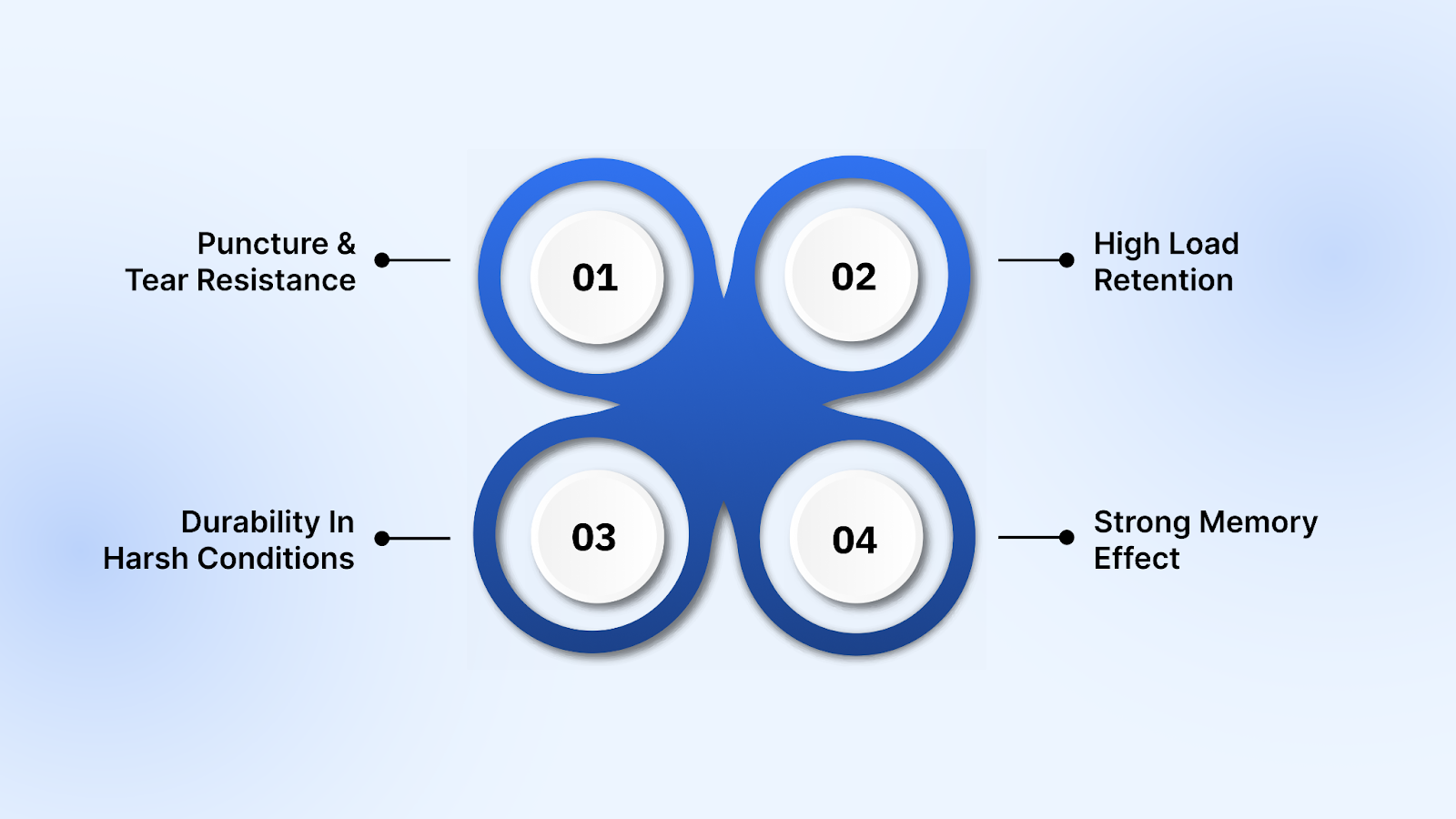
- Puncture & Tear Resistance: Ideal for loads with sharp corners, irregular shapes, or bulky items.
- High Load Retention: Holds loads firmly during transit, reducing shifting or damage.
- Durability in Harsh Conditions: Performs well in cold storage, outdoor shipping, and fluctuating temperatures.
- Strong Memory Effect: After stretching, blown film tends to contract back tightly, further securing the load.
For businesses that ship construction materials, automotive parts, industrial supplies, or irregular freight, blown stretch film often provides the extra protection needed.
John Maye offers a full range of stretch film products designed for demanding applications. Pairing blown film with the right pallet stretch equipment ensures both stability and cost-efficiency. You can also explore our resource on Palletized Meaning and Benefits in Logistics to see how strong film choices improve overall shipping stability.
Cast vs Blown Stretch Film: A Side-by-Side Comparison
While both films serve the same purpose—keeping loads stable and secure—their properties differ in ways that make each better suited to specific applications. Here’s a quick comparison:
Practical Takeaway
- Choose cast stretch film if clarity, cost-efficiency, and quiet operation are your top priorities. It’s especially useful in retail environments where presentation matters.
- Choose blown stretch film if you’re shipping heavy-duty, sharp-edged, or irregular loads where strength and durability are critical.
Want more details on choosing film thickness for your loads? Check out our Guide to Choosing the Right Stretch Wrap Gauge.
At John Maye, we carry both cast and blown stretch films from trusted brands like Malpack, Amtopp, Alliance, and Pinnacle—giving you flexibility to match your film to the exact requirements of your supply chain.
How to Choose the Right Stretch Film for Your Operation
Selecting between cast and blown stretch film isn’t just about cost — it’s about finding the right balance between load type, environment, and budget. Here are the main considerations:
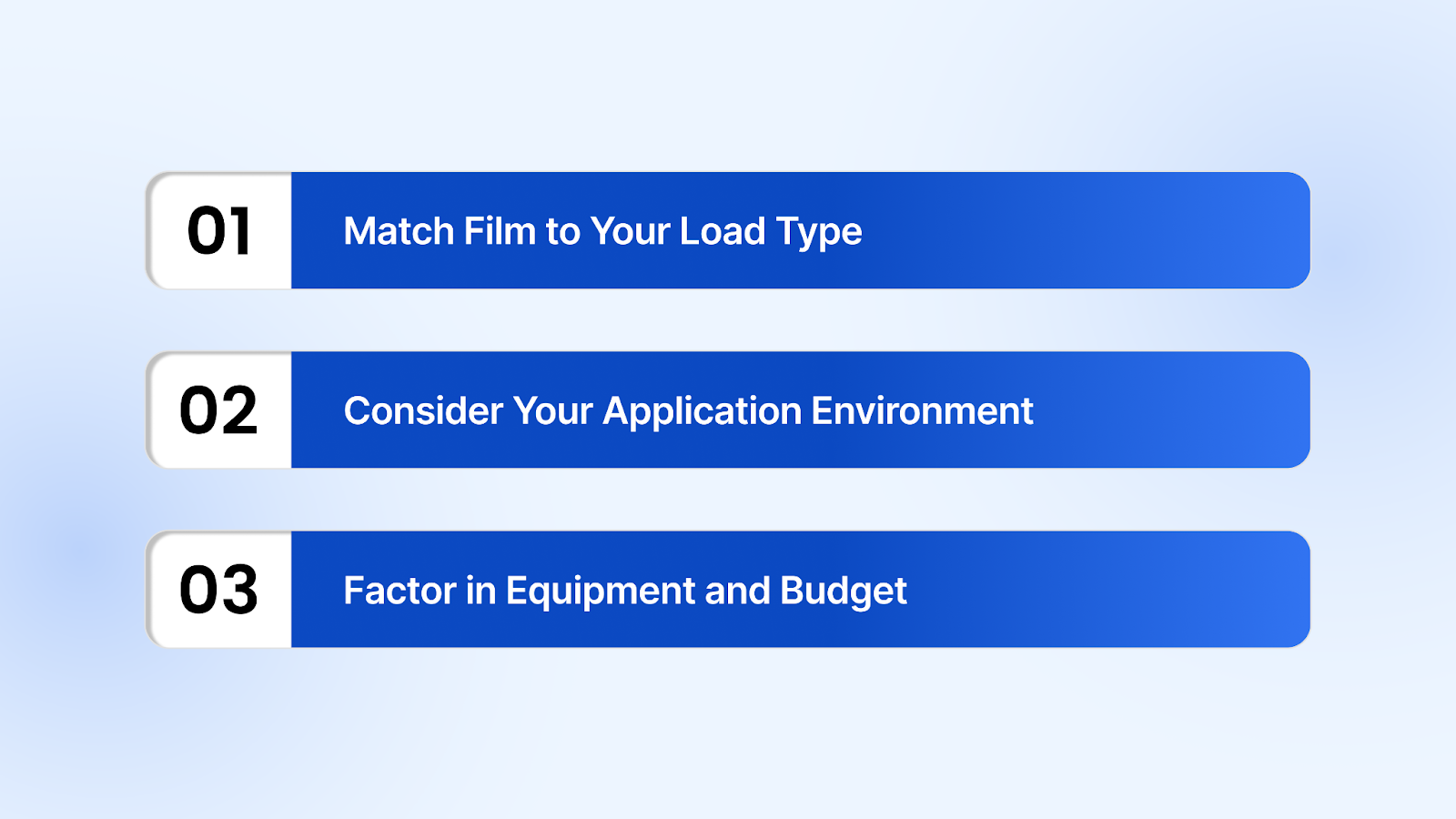
1. Match Film to Your Load Type
- Lightweight, uniform loads (like consumer goods, packaged food, or retail shipments) → Cast film is usually sufficient. It’s clear, cost-effective, and works seamlessly with high-speed machine wrappers.
- Heavy, irregular, or sharp-edged loads (like bricks, lumber, construction materials, or machinery parts) → Blown film offers superior puncture resistance and load retention, ensuring goods don’t shift in transit.
2. Consider Your Application Environment
- Indoor, controlled environments → Cast film performs well where temperature and handling are consistent.
- Cold storage, outdoor shipping, or rough handling → Blown film maintains strength and durability even in tough conditions.
3. Factor in Equipment and Budget
- Automated pallet wrappers → Cast film is easier to apply, runs quietly, and delivers consistent stretch ratios.
- Manual or semi-automatic applications → Blown film may require more effort to apply but offers unbeatable holding strength.
Pro Tip: Sometimes, the best solution is not “cast vs blown” but a combination. Some facilities use cast film for standard loads and blown film for high-risk shipments.
Why Partner with John Maye for Stretch Film Selection
At John Maye Company, we don’t just sell film—we help you match the right film to the right job. With a portfolio including Malpack, Amtopp, Alliance Steelflex, and Pinnacle Stretch Films, we make it easy to tailor your choice to your operation’s needs.
If you’re unsure which option is right, our team can evaluate:
- Your pallet configurations
- Load weights and edge profiles
- Application method (manual, semi-auto, or fully automated)
- Cost-per-load analysis to optimize spend
You may also find it useful to review our post on How to Improve Packaging Efficiency and Productivity, which explains how equipment and materials work together to maximize throughput.
Conclusion
When it comes to cast vs blown stretch film, the “right” choice depends entirely on your operational priorities:
- If clarity, cost-effectiveness, and ease of application matter most, cast stretch film is the way to go.
- If your shipments demand durability, puncture resistance, and high load retention, blown stretch film will deliver superior performance.
At John Maye Company, we simplify the decision-making process by offering a full range of cast and blown stretch films from industry-leading brands like Malpack, Amtopp, Alliance, and Pinnacle. More importantly, we help you match the right film to your unique operation — whether you’re shipping standard retail pallets or rugged industrial loads.
Want to optimize your wrapping strategy further? Pair this guide with our Palletized Meaning and Benefits in Logistics article to see how smart palletizing and the right stretch film work hand-in-hand for supply chain efficiency.
Frequently Asked Questions (FAQs) on Cast vs Blown Stretch Film
1. What is the main difference between cast and blown stretch film?
Cast stretch film is extruded and cooled on chilled rollers, giving it a clear, glossy finish and quiet unwind. Blown stretch film is air-cooled after being blown into a bubble, resulting in a hazier film with superior durability and puncture resistance.
2. Which is stronger: cast or blown stretch film?
Blown stretch film is stronger, offering better puncture resistance and higher load retention. Cast film is less durable but works well for lighter, uniform loads.
3. Is blown stretch film more expensive than cast?
Yes, blown stretch film typically costs more due to its slower, more intensive manufacturing process. However, its strength and performance often justify the investment for heavy-duty applications.
4. Can cast stretch film be used with automated machines?
Yes. In fact, cast stretch film is ideal for automated pallet wrapping machines because it unwinds quietly and stretches consistently.
5. Which type of stretch film is better for cold storage?
Blown stretch film is preferred for cold storage and outdoor applications because it maintains its strength and cling even in extreme conditions.
6. How do I decide whether to use cast or blown stretch film?
Consider your load type, environment, and budget. For clarity and cost savings, go with cast. For durability and heavy-duty protection, choose blown. If you’re unsure, John Maye’s team can analyze your loads and recommend the best option.
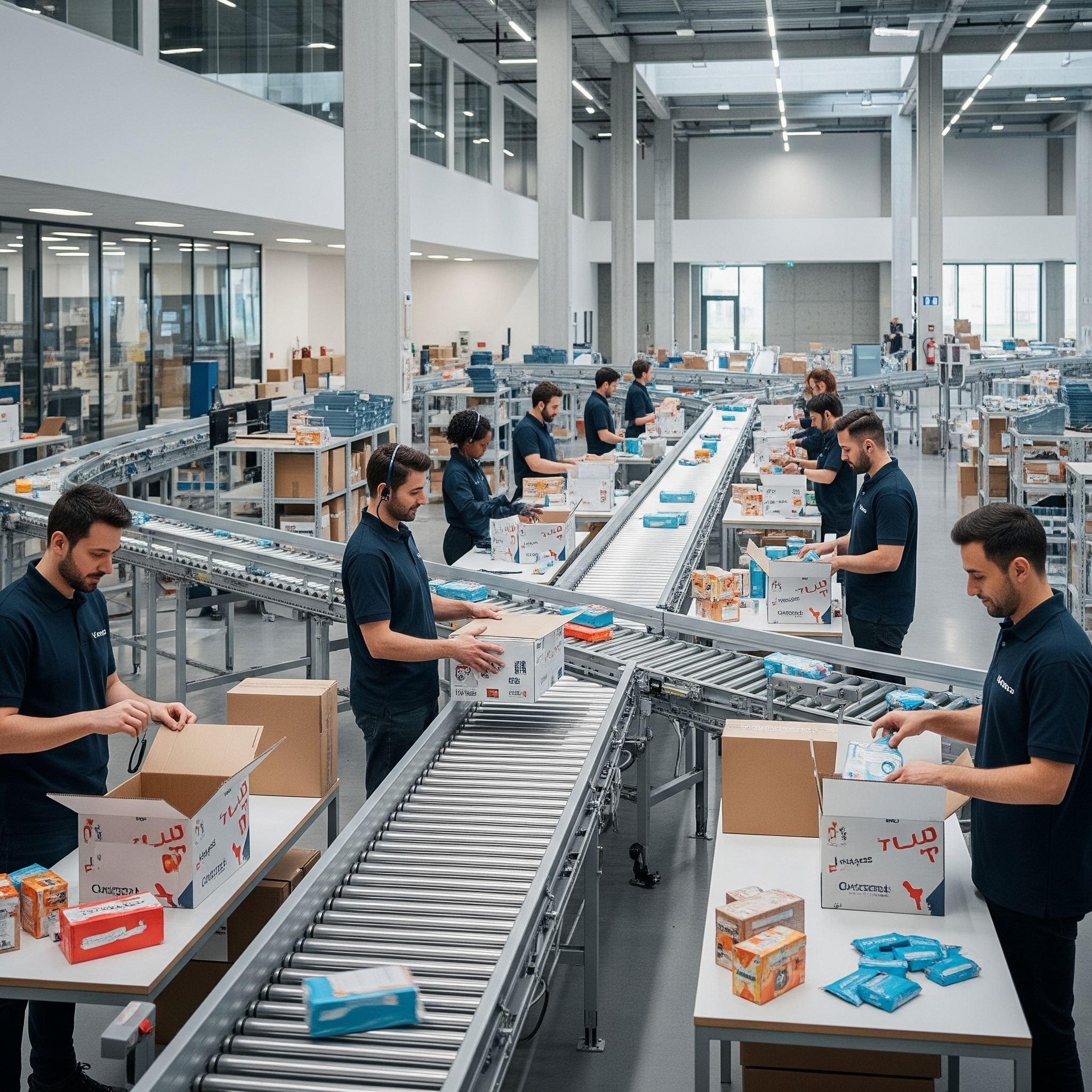
Blogs
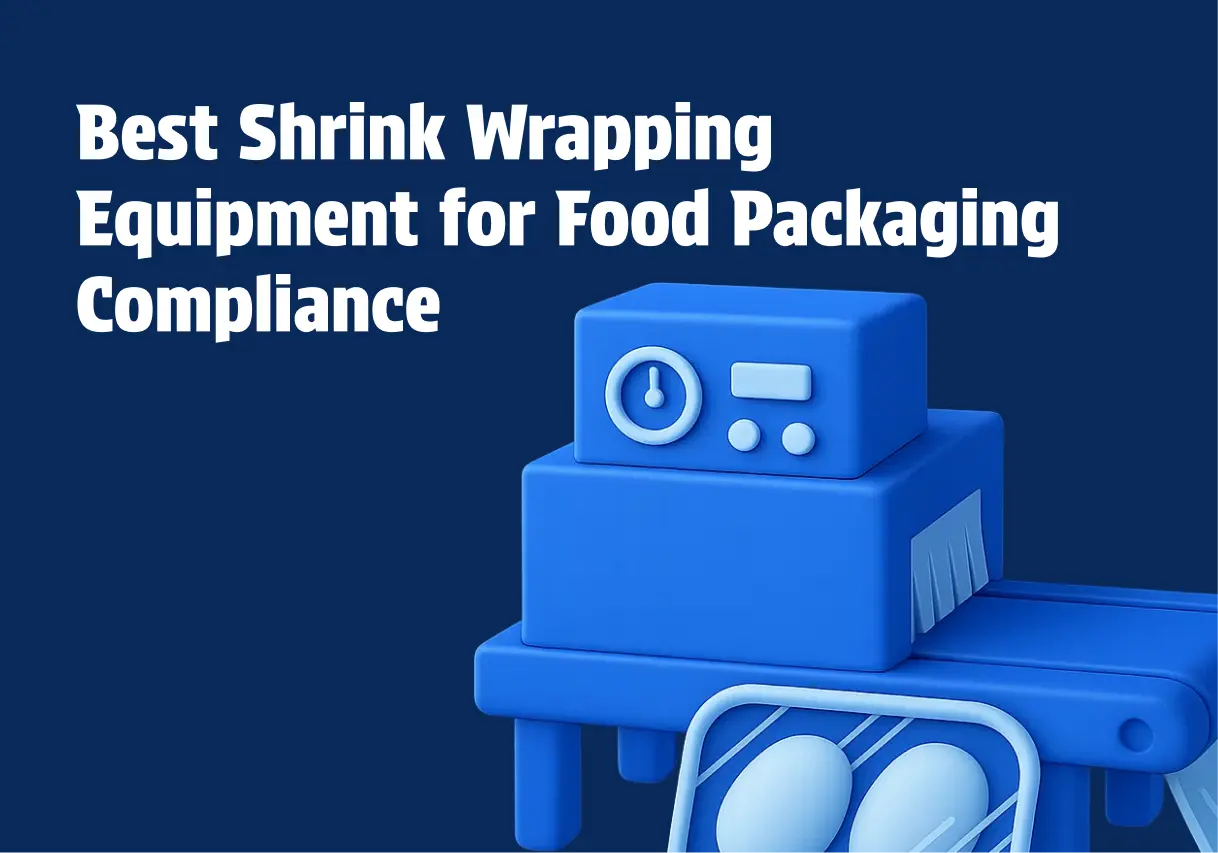
Best Shrink Wrap Machines for Your Business
Discover the best shrink wrapping equipment for food packaging compliance. Conflex offers high automation. Increase efficiency now!

Top Banding Machines for Packaging Solutions
Find top banding machines for small to mid-size packaging lines! Discover flexible automation options and sustainability features. Optimize efficiency today!
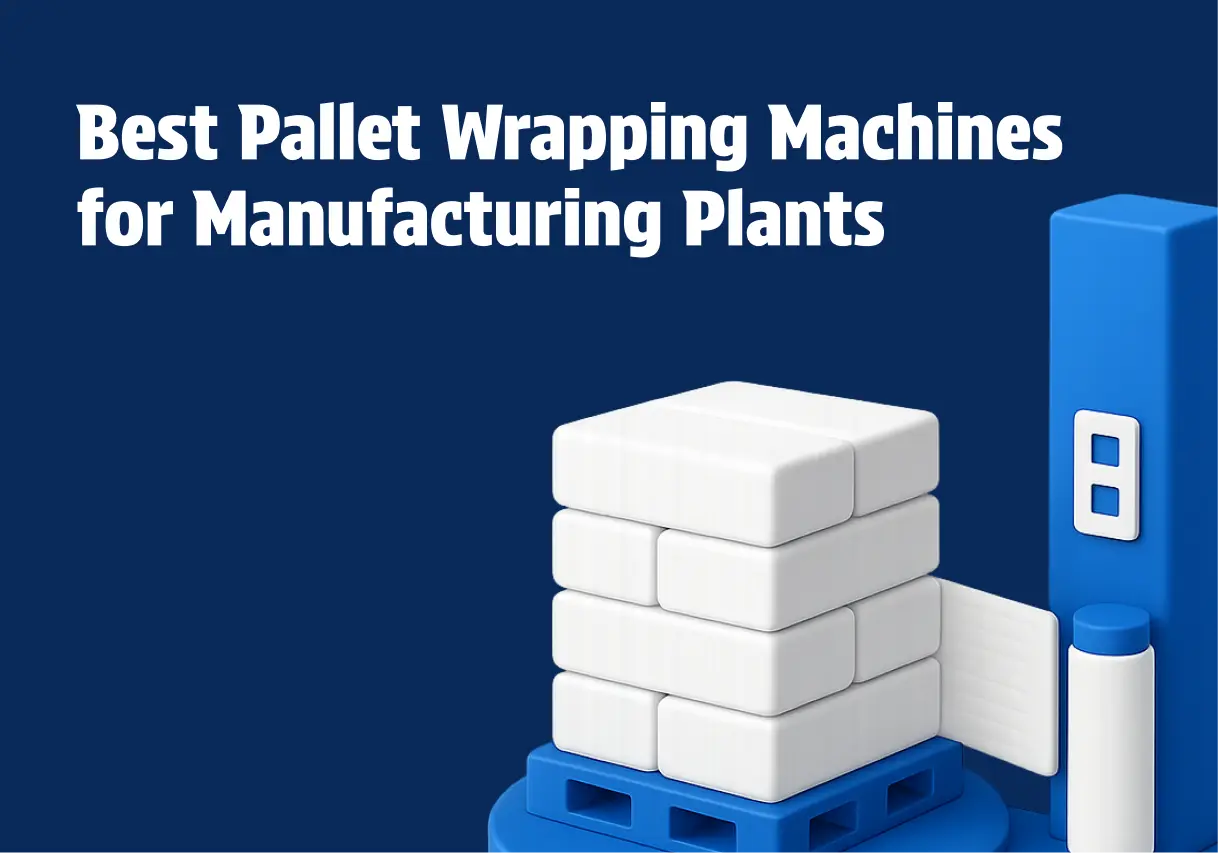
Best Pallet Wrapping Machines for Manufacturing Plants 2025
Explore the best pallet wrapping machines for manufacturing plants in 2025. Learn how to choose, compare key models, and reduce wrapping costs.
